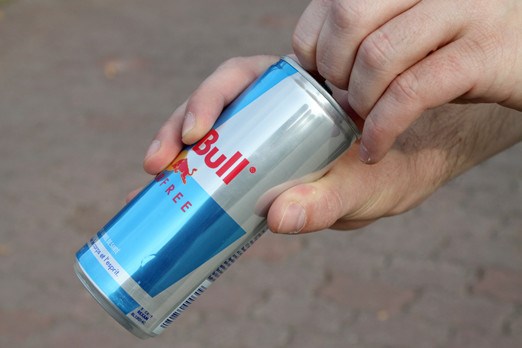New caffeine limits on energy drinks is a step in the right direction says a local dietician.
Last week the federal government announced changes to energy drink regulations limiting the amount of caffeine in the drinks and also classifying it as food, not a natural health product. That means there will be additional warnings and restrictions placed on the products.
“One of the problems was that on the actual label, it was really hard to determine what was actually in the products,” said Karling Zaporzan, public health dietician with the Thunder Bay District Health Unit. “Now, they’re going to have to have the nutrition facts form like they do on food like calories, fat breakdown, sugar content.”
The cans will also now carry warnings that the beverages shouldn’t be consumed by children or women who are pregnant or breastfeeding.
With stricter information guidelines, consumers will now be able to make a more informed choice, said Zaporzan.
The new regulations, expected to take effect within 18 to 24 months, limit the amount of caffeine to 400-milligrams per litre or 180-milligrams per single-serve container.
That’s still more than double the recommended daily maximum for children, said Zaporzan, adding the drinks also have high sugar content and low nutrition value.
“There’s not really any protein source or vitamins and minerals,” she said. “It’s not providing them with any nutritional benefit. There’s a lot of empty calories there.”
A representative from Refreshments Canada, an industry group representing beverage makers, told the Globe and Mail the changes represent a double standard; beverages like coffee contain similar amounts of caffeine as energy drinks.
One cup of coffee contains about 135 milligrams of caffeine. A cup of tea has 50 milligrams and a can of cola has between 36 and 46 milligrams.
Despite the new rules, Zaporzan said there is more that can be done, especially around advertising and marketing.
“It’s definitely targeted to children and youth even though the drinks are formulated for adults,” she said, adding there has also been talk of placing an age restriction on the purchase of energy drinks like there is on alcohol.
Health Canada will be conducting more research on the topic to determine consumption patterns and the long-term risks of energy drinks, Zaporzan said.
“Once they have more of that information to back their decisions, we’ll probably see more changes at that point, too,” she said.
